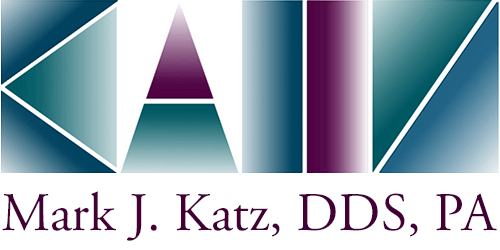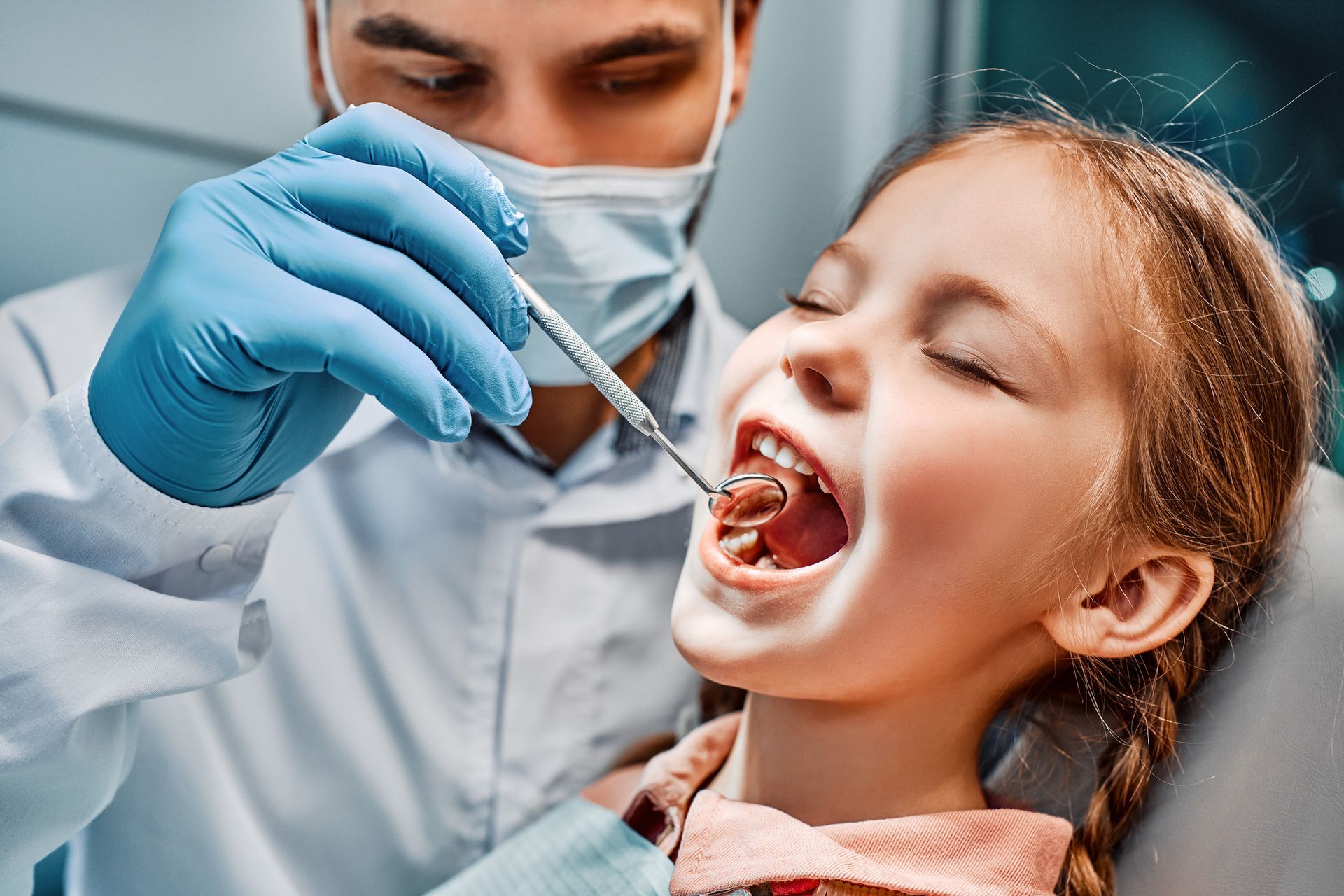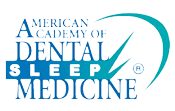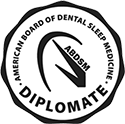How Teeth Develop During Adolescence
For many teens, braces are a rite of passage: they’re one more example of the changes adolescents go through at this time, along with growth in stature, edgier tastes in clothes and music, and an increasing degree of self-awareness. But is there any particular reason why orthodontic appliances and teenagers seem to go together? In a word: yes.
There are several good reasons why adolescence is the optimal time for orthodontic treatment, though occasionally even earlier intervention is called for. One has to do with the development of the teeth: There’s no set timetable for every kid, but generally by the age of 11-13 the deciduous (baby) teeth have all been lost, and the permanent ones have largely come in. This is the time when we can go to work correcting the problems that cause a bad bite (malocclusion), improper tooth spacing, or poor alignment.

The Importance of Early Orthodontic Intervention
Orthodontic problems don’t improve with age; they simply become harder to treat. It’s easier to treat many orthodontic problems during adolescence because the body is still growing rapidly at this time.
Early Orthodontics
Whether we use standard braces or appliances like palatal expanders or motion, we can create an improved appearance and function in a short period of time. In later years, when the bones of the face and jaw are fully developed, many conditions become more difficult (and costly) to treat.
There’s even a social element to getting orthodontic treatment in adolescence. If you need braces, you’re not alone! Chances are you’ll see some of your classmates in our office, and you may even make new friends as you go through the process together. When it’s done, you’ll have a smile that you can really be proud of and benefits that will last your whole life.
The Orthodontic Treatment Process
What can you expect when you come in to our office for treatment? It all depends on what kind of treatment you need. The first time you come in, we’ll take pictures and radiographic (X-ray) images of your mouth and possibly make a scan of your bite. Then, we’ll develop a treatment plan. It may involve regular braces, with or without elastics (rubber bands). We might also recommend that you use a specialized appliance for a period of time. Here are some of the most commonly used orthodontic appliances:
Metal Braces
Metal braces need no introduction. But you might be surprised to find that braces are smaller and lighter than ever. They may even offer some customized options, like colored elastic ties on the brackets to complete your orthodontic treatment.
Clear Braces
Clear braces feature brackets made of ceramic or composite materials that blend in with your teeth, making them harder to notice. They’re suitable in many situations, but they cost a little more.
Clear Aligners for Teens
Clear Aligners for teens is a series of removable, clear plastic trays that gradually straighten teeth as they’re worn (for 22 hours per day). Formerly recommended only for adult patients, they now come with special features—like compliance indicators to tell how often you’ve been wearing them—that make them appropriate for teens in some situations. The advantage: they’re practically invisible!
Our Orthodontic Treatment Options at Katz Orthodontics
AcceleDent®
AcceleDent is a revolutionary device that accelerates orthodontic treatment by applying gentle vibrations to enhance tooth movement. Used in conjunction with braces or Invisalign, this innovative technology can reduce treatment time while maintaining comfort.
Damon Braces
Damon braces, invented by Dr. Dwight Damon, use self-ligating technology that eliminates the need for elastic or steel ties. This innovative system reduces friction and improves comfort, offering faster treatment times and fewer adjustments. Ideal for correcting crowded teeth, misaligned teeth, and jaw alignment issues, Damon braces are a top choice for patients seeking effective results with minimal inconvenience.
Retainers
Retainers are essential orthodontic appliances used to maintain the position of teeth after braces or aligner treatment. At Katz Orthodontics, we offer fixed and removable retainers, customized to fit your smile perfectly. These appliances help prevent teeth from shifting back to their original positions, ensuring the longevity of your orthodontic results. Whether you opt for a clear plastic retainer or a traditional wire retainer, our team will guide you in selecting the best option to protect your new smile.
Transform Your Teen’s Smile Without Metal Braces
Today’s teenagers no longer need to worry about metal braces in their yearbook photos or social media profiles. Invisalign® Teen offers a virtually invisible way to straighten teeth using clear aligners made from BPA-free plastic. These custom-made, removable aligners allow teens to maintain confidence and self-esteem throughout their orthodontic treatment.
As a certified Invisalign provider in Greensboro, Dr. Mark Katz specializes in helping teens achieve their dream smile without the limitations of traditional metal braces. Contact Katz Orthodontics to schedule your orthodontic consultation with Dr. Katz by calling our Greensboro office at (336) 286-5800.
Why teens in the Piedmont Triad Choose Invisalign Clear Aligners
Invisalign Teen was designed specifically for teenagers’ unique orthodontic needs. After consulting with leading orthodontists, parents, and teens, Align Technology created an Invisalign system perfectly suited for growing mouths and active lifestyles.
Here are the exclusive features of Invisalign Teen:
- Blue-to-clear color-changing indicators to track wearing time
- Six free replacement aligners included (in case of loss or damage)
- Specially designed to accommodate growing mouths and emerging teeth
- Custom-fit trays for maximum comfort and effectiveness
How Invisalign Teen Treatment Works at Katz Orthodontics
The Invisalign aligners journey begins with an initial consultation at our Greensboro. Dr. Katz will create a personalized treatment plan using advanced 3D imaging technology.
Here’s what you can expect during the Invisalign process at our Greensboro orthodontic office:
- Wear each set of aligner trays for approximately two weeks.
- Remove aligners only for eating, drinking, brushing, and flossing.
- Your teen’s teeth will shift gradually each week.
- Visit our office every eight to 10 weeks to monitor progress.
- Average treatment time ranges from six to 15 months.
- Most cases require between 18 and 30 sets of aligners.
Orthodontic Issues Invisalign Teen Can Treat
Thanks to continued innovations from Align Technology, Invisalign Teen can effectively address a wide range of dental and orthodontic issues that previously required traditional braces:
- Overly crowded teeth
- Widely spaced teeth
- Crossbite
- Overbite
- Underbite
- Many complex cases (Consult with Dr. Katz for specific treatment options.)
Invisalign Teen vs. Traditional Braces: What Parents and Teens Need to Know
Here are some advantages of Invisalign clear aligners over traditional metal braces:
- Aesthetics: Virtually invisible treatment means enhanced self-esteem during the teenage years.
- Comfort: No metal wires or brackets causing mouth abrasions
- Convenience: Removable for special occasions, photos, or playing musical instruments
- No Food Restrictions: Enjoy all your favorite foods during treatment.
- Better Oral Hygiene: Easier brushing and flossing for healthier teeth and gums
- Fewer Office Visits: More time for academics, sports, and social activities
- Predictable Results: Advanced planning technology shows your teen’s new smile before beginning treatment.
What Our Patients Say About Their Invisalign Experience
Here are some testimonials from Piedmont Triad families and patients who have undergone or are currently undergoing their Invisalign treatment:
- “I have always received caring, quality service at Katz Orthodontics. Even when I did not wear my Invisalign as consistently as I should have, Dr. Katz patiently worked with me to make progress. Now, my teeth are straight! Dr. Katz and his staff are true professionals. I highly recommend Katz Orthodontics!” – Craig T.
- “I got my Invisalign from Dr. Katz. Everyone is very welcoming and caring there. They inform me every time whenever my aligners arrived. The environment is clean and quiet. They always gave me emergency visit appointment if I had problem with my aligners. Dr kat is very experienced and awesome always answer my questions and concerns. I have been visiting them almost from 20 months and had pleasant experience every time.” – Noor K.
Other Orthodontic Appliances
Headgear
Headgear is used to correct excessive overbites by applying pressure to the upper teeth and jaw. It must be worn consistently for the prescribed hours per day to be effective. It should be removed during sports, eating, and brushing.
Herbst Appliance
The Herbst appliance helps correct an overbite caused by a small lower jaw by encouraging forward growth. Patients can still chew normally but must avoid sticky, hard, and cold foods. Initial discomfort is normal, but speech and saliva production adjust over time.
Nance Appliance
This appliance prevents upper molars from shifting forward after orthodontic treatment. It consists of two bands on the molars connected by a wire with an acrylic button resting against the roof of the mouth. Good oral hygiene is essential to prevent complications.
Interproximal Recontouring
Interproximal recontouring reshapes the sides of teeth to correct minor imperfections like chips, cracks, or misalignment. It is a non-invasive alternative to braces, crowns, or veneers for enhancing a patient’s smile.
Pendulum Appliance
The Pendulum Appliance corrects Class II malocclusions by shifting upper molars backward using wire springs anchored to the roof of the mouth. Treatment duration is typically 3 to 5 months.
Digital Imaging
Digital X-rays provide instant, high-resolution images while reducing radiation exposure by 90% compared to traditional X-rays. They enhance diagnostic accuracy and are environmentally friendly.
Tongue Thrusting Appliance
This appliance helps correct tongue thrusting, a habit that can cause misaligned teeth. It may be a removable mouth guard worn at night or a more permanent appliance adjusted by the orthodontist.
In-Office Lab
An on-site laboratory allows for faster, more customized orthodontic appliances. Using digital impressions and precise models, the lab ensures a perfect fit and faster turnaround times.
Frequently Asked Questions
How Long Do I Have to Wear Braces?
In most cases, patients are typically required to wear braces for 18 months to three years for effective, lasting results. However, the length it takes to complete orthodontic treatment is different for each patient and the number of issues corrected. During your initial consultation, Dr. Katz will provide you with a personalized treatment plan including an accurate timeline.
Do Braces Hurt?
To start, the pain is very minimal, and you usually won’t feel anything for the first few hours after the braces are applied. Once the teeth start to shift, you might feel some discomfort for a few days. Since the process takes place over time, the pain is minimal. Sometimes the wire can irritate your cheek; however, you can place wax on the wire to prevent the rubbing.
Can I Remove My Braces and Get Invisalign?
Yes, it may be possible to remove your traditional metal braces and switch to Invisalign clear aligners. If you’re interested in this orthodontic treatment, contact our Greensboro office by calling (336) 286-5800 to schedule a consultation with Dr. Katz. During the consultation, Dr. Katz will assess your oral health and orthodontic issues and determine if Invisalign will work for you.
How Much Do Braces Cost?
Insurance will typically cover a portion of the expenses. We recommend checking with your provider prior to your appointment to have a better understanding of your specific coverage. If there are any questions we can answer, don’t hesitate to contact our Greensboro office by calling (336) 286-5800, and a helpful team member will be happy to assist you.
What’s the difference between Invisalign and Invisalign Teen?
Invisalign Teen includes unique features:
- Blue dot compliance indicators that fade with proper wear
- Additional replacement aligners are included in the treatment package.
- Specially designed to accommodate growing mouths and emerging teeth
What is the ideal age for Invisalign Teen treatment?
Most teens become eligible for Invisalign Teen once they have all their permanent teeth (except wisdom teeth), typically around age 14. However, case complexity and responsibility level are important factors. The blue dot indicators help parents and the Invisalign Teen provider monitor compliance with the recommended 20–22 hours of daily wear.
How much does Invisalign Teen cost?
The cost of Invisalign treatment varies based on case complexity and treatment time. For an accurate estimate, call the office to schedule an appointment today.
Many dental insurance plans now cover Invisalign Teen similarly to traditional braces. We also offer flexible payment plans to make treatment more affordable.
Are there any disadvantages to Invisalign Teen?
While Invisalign offers numerous advantages, there are some considerations:
- Not suitable for certain complex orthodontic issues (your Invisalign Teen provider will determine eligibility during consultation).
- Requires self-discipline to wear aligners 20-22 hours daily.
- Aligners must be removed before eating and drinking anything besides water.
- Proper cleaning of aligners is essential for good oral hygiene.
What Are the Benefits of Self-Ligating Braces Like Damon?
Self-ligating braces reduce friction, improve comfort, and often result in faster treatment times compared to traditional braces.
How Do I Care for My Teeth While Wearing Braces or Aligners?
Maintain good oral hygiene by brushing and flossing regularly. Avoid sticky or hard foods like fizzy drinks and sticky foods that can damage your orthodontic appliances.
A Beautiful Smile You Can Count On
Straight teeth aren’t just more aesthetically pleasing; they’re actually more functional as well. After undergoing orthodontic treatment, your teeth will be easier to clean, thereby lowering your risk for tooth decay. Contact our office to schedule your orthodontic consultation with Dr. Katz by calling our Greensboro office at (336) 286-5800. We want you to enjoy the benefits of a healthy smile for years to come.
Early Child Orthodontist Services
At Katz Orthodontics in Greensboro, NC, we understand the importance of starting orthodontic care early. That’s why we offer specialized pediatric orthodontic services designed to monitor and guide proper dental development from a young age. The American Association of Orthodontists recommends that children receive their first orthodontic evaluation by age 7, even if no obvious issues are present. This allows a child orthodontist to detect potential problems early and develop a treatment plan that supports healthy jaw growth and tooth alignment. Our early interventions can often reduce the need for more invasive procedures later on, making a big difference in your child’s overall oral health.
Our Gentle Approach to Pediatric Orthodontic Services
Child orthodontists play a key role in guiding a child’s dental development, diagnosing and treating alignment issues in growing children, to ensure their teeth and jaws develop properly. Our pediatric orthodontic services take a gentle approach that creates a calm, welcoming environment where kids feel safe and supported throughout their treatment.
Early intervention can help correct conditions such as:
- Overbite (upper teeth extend too far over lower teeth).
- Underbite (lower teeth extend past upper teeth).
- Crossbite (misalignment of upper and lower jaws).
- Crowding (lack of space for permanent teeth).
- Spacing issues between teeth.
- Harmful oral habits like thumb-sucking.
Give your teen a healthy, confident smile! Call (336) 286-5800 to schedule a consultation at Katz Orthodontics in Greensboro, NC.















